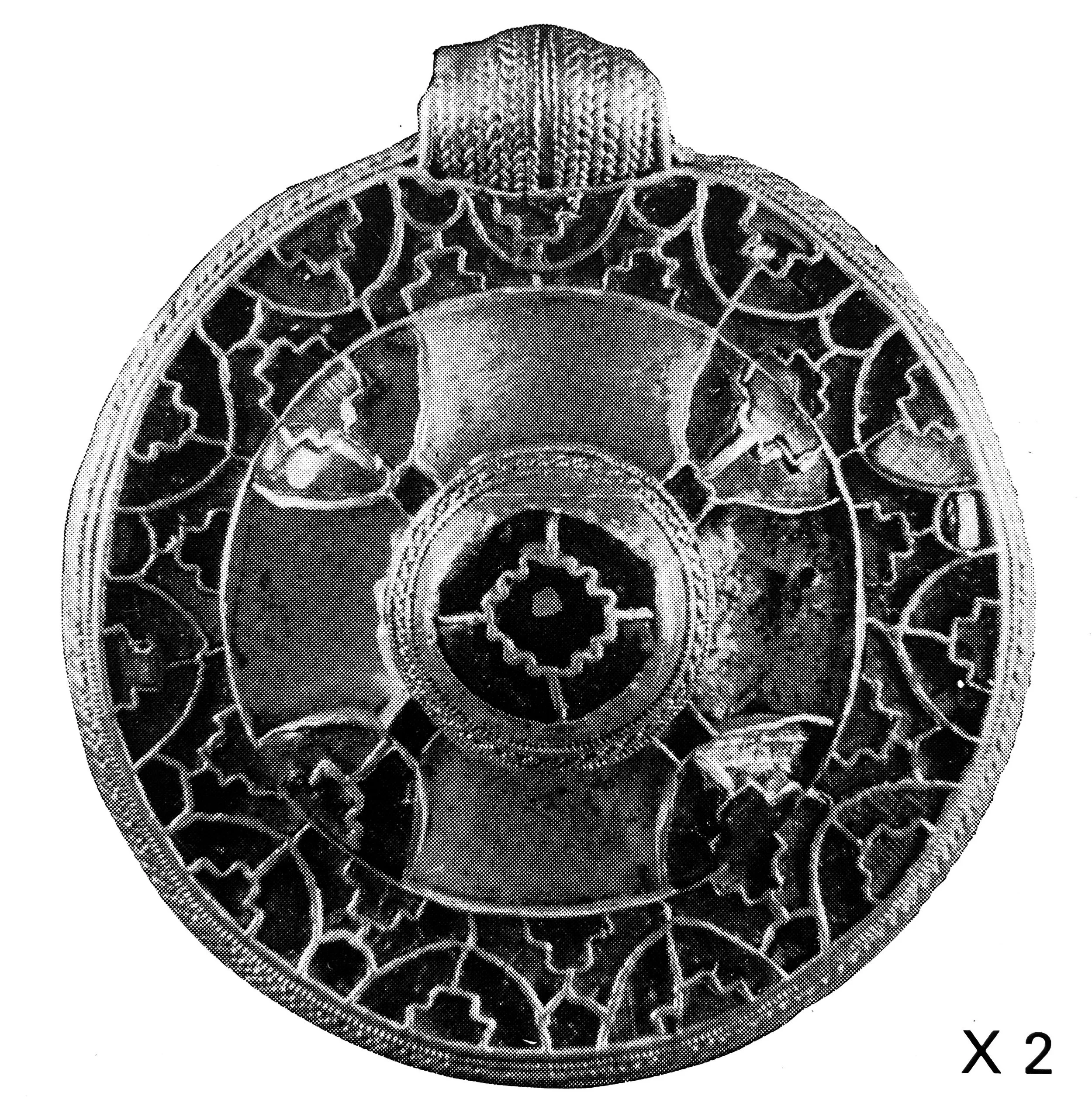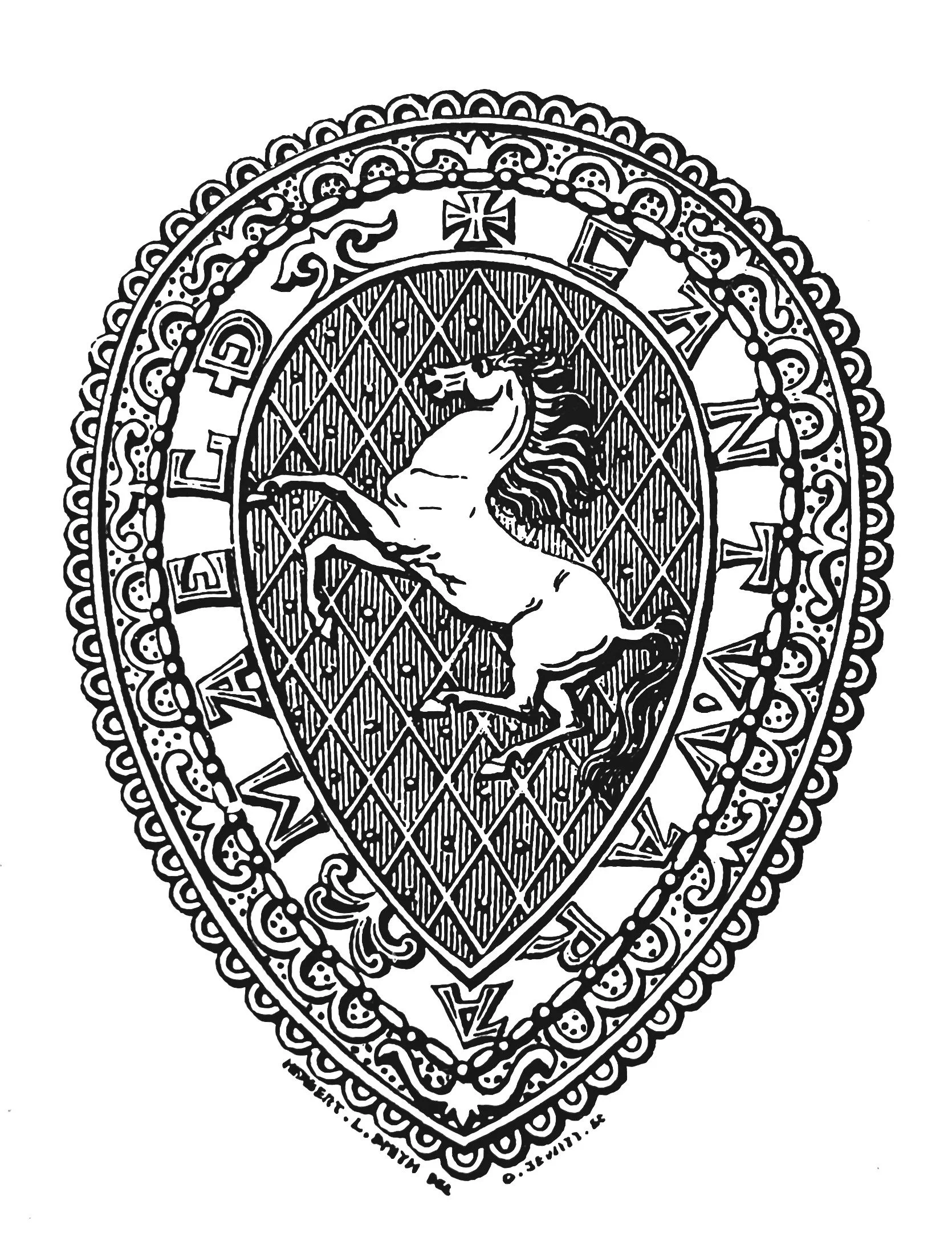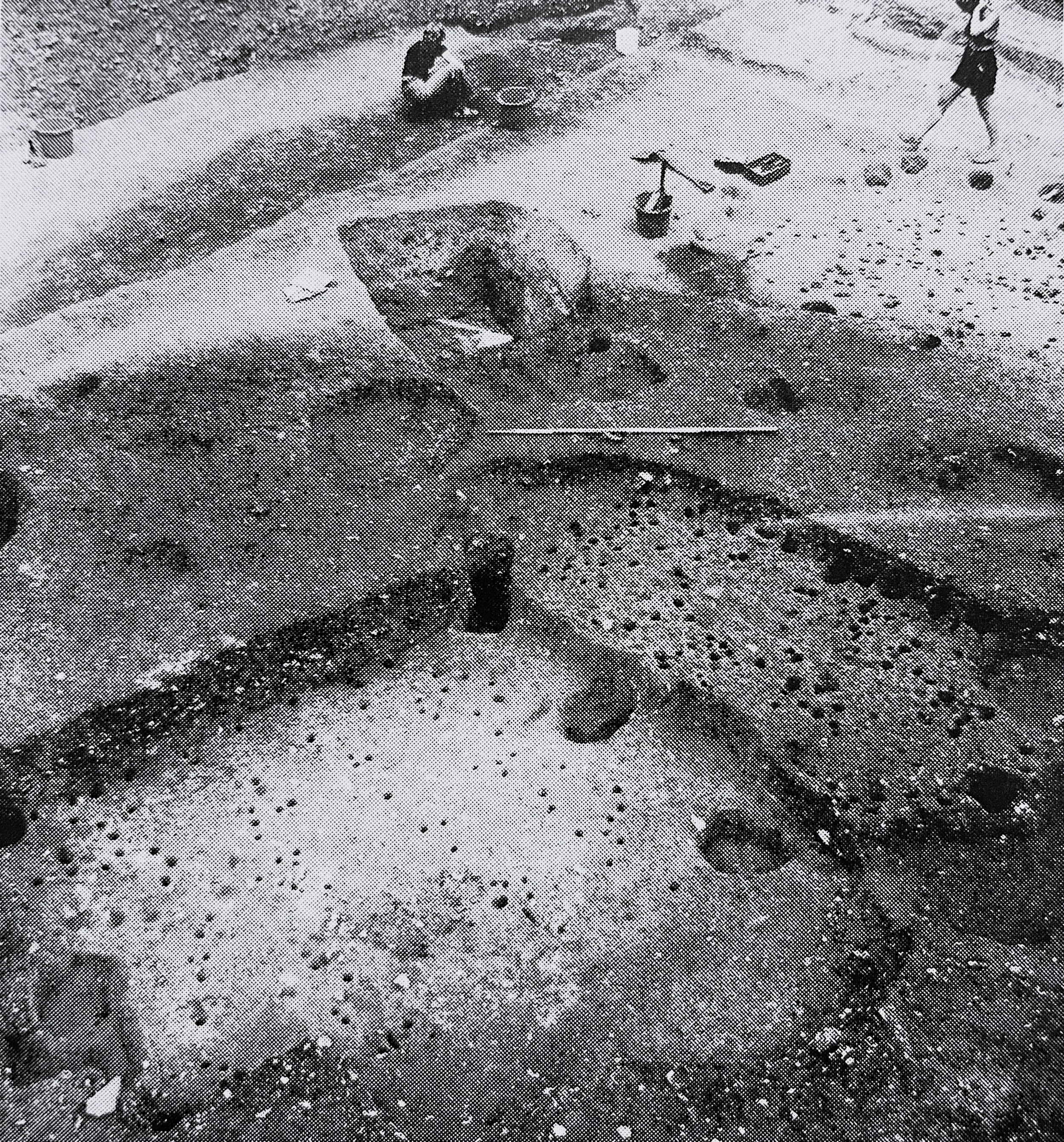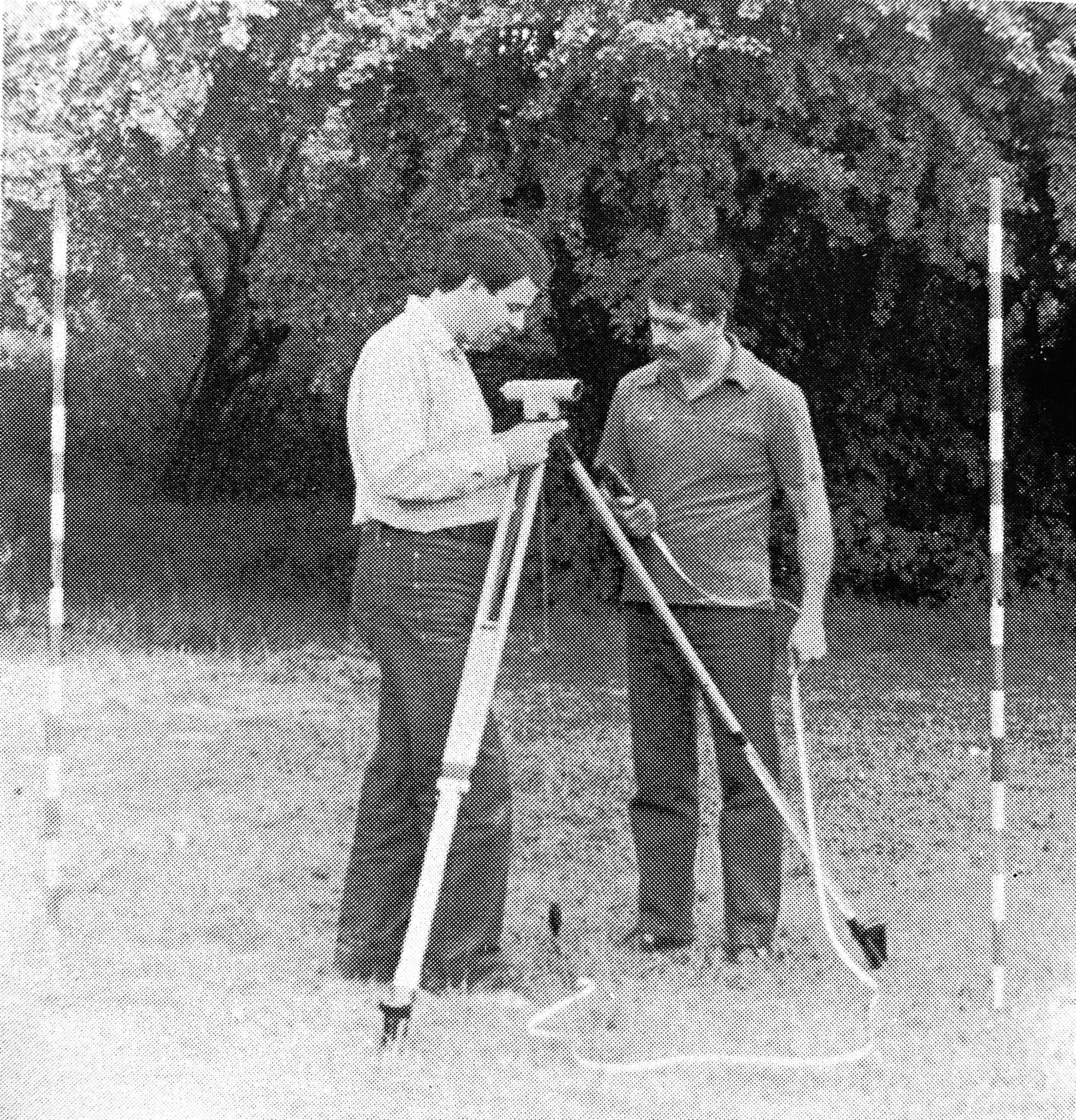
KAS Newsletter, Issue 2, Autumn 1982
Major Anglo-Saxon jewellery find in Canterbury & updates on Kent Archaeology Society's activities and excavations.
Contributions to the next issue are welcome. See the guidance for contributors and contact Editor Craig Campbell.
Search page
Search within this page here, search the collection page or search the website.
Previous
Previous
Excavations and Fieldwork Grants
Next
Next
A Major Find in Canterbury
Written By KAS
Featured
Peter Draper, 1982, KAS Newsletter, Issue 2 (Autumn 1982). Maidstone: Kent Archaeological Society.
Derek Ingram Hill, 1982, KAS Newsletter, Issue 2 (Autumn 1982). Maidstone: Kent Archaeological Society.
KAS Newsletter, Issue 2 (Autumn 1982). Maidstone: Kent Archaeological Society.
KAS Newsletter, Issue 2 (Autumn 1982). Maidstone: Kent Archaeological Society.
KAS Newsletter, Issue 2 (Autumn 1982). Maidstone: Kent Archaeological Society.




